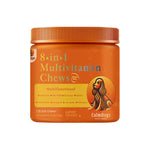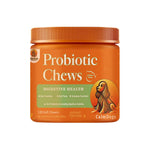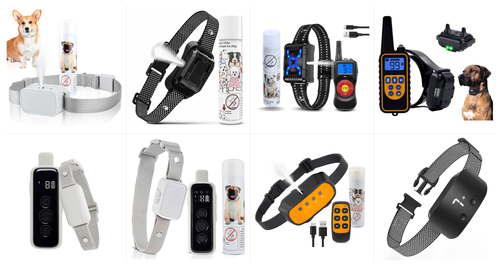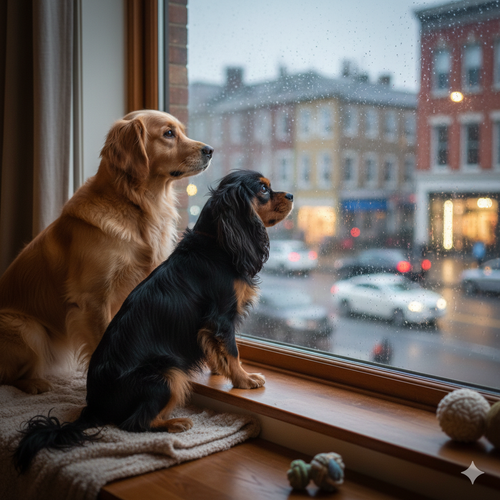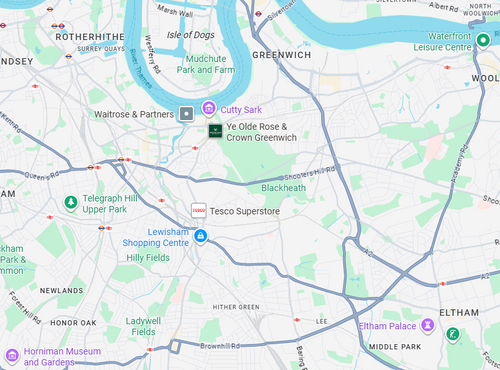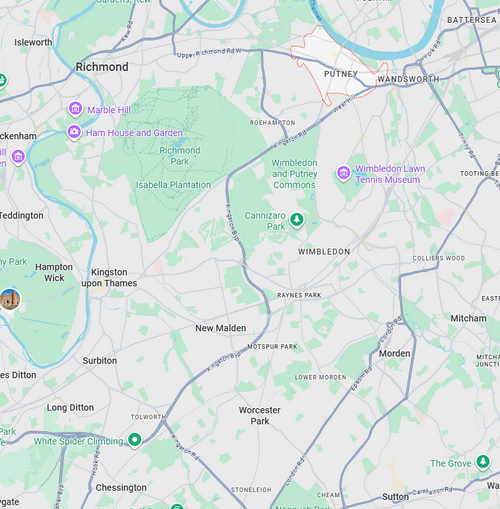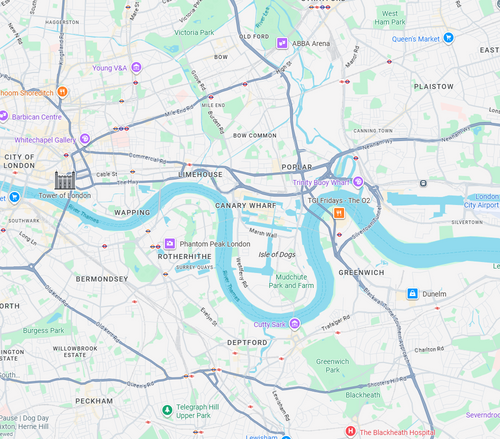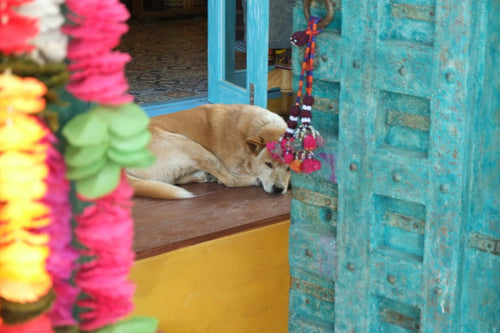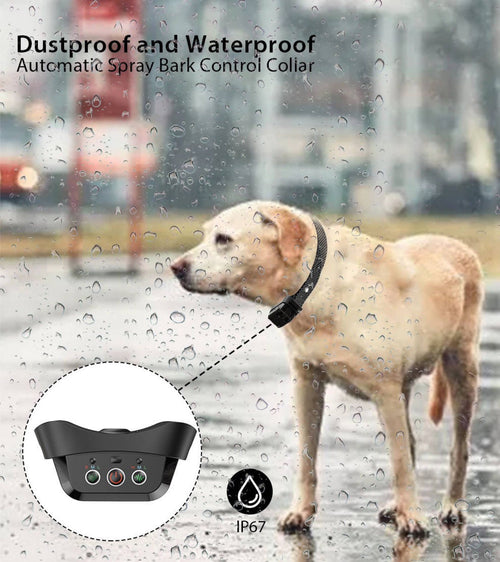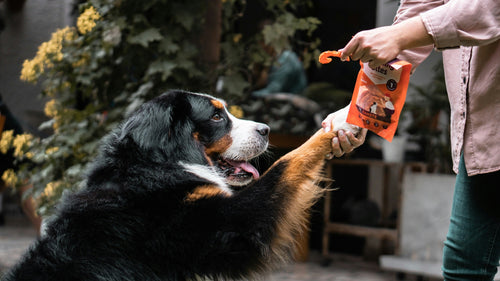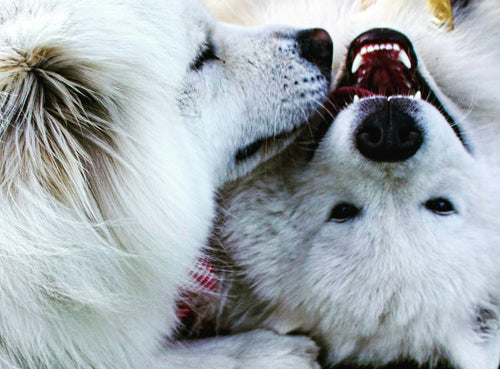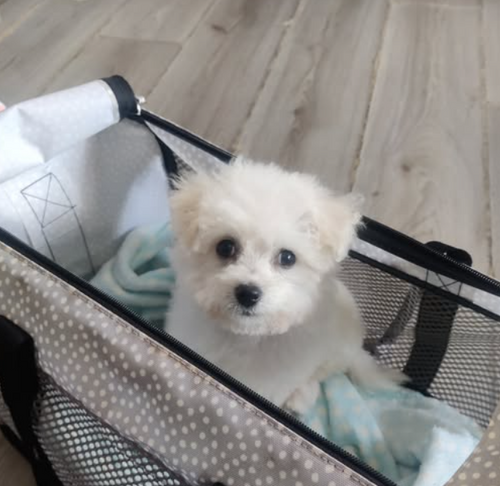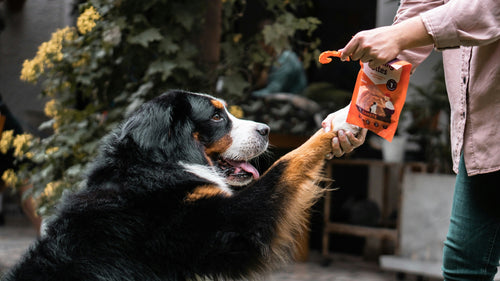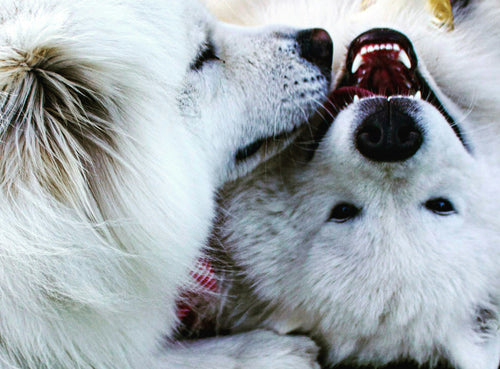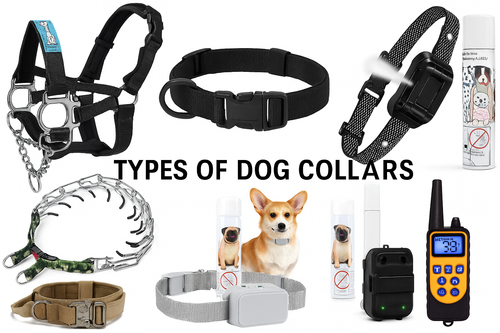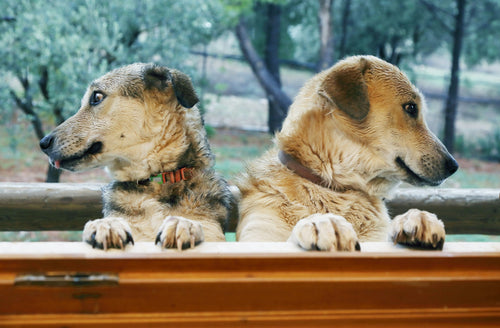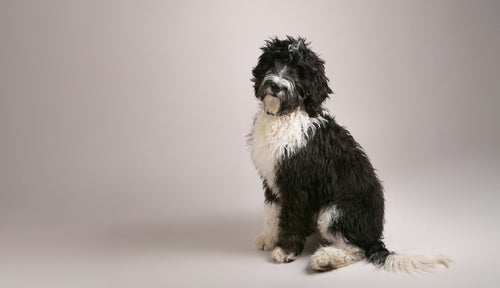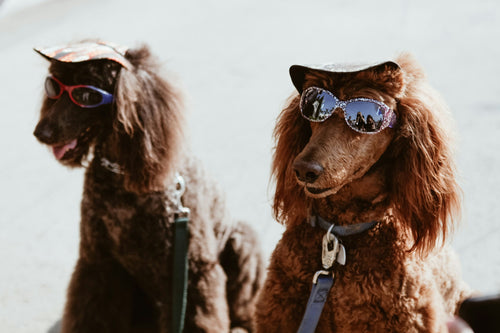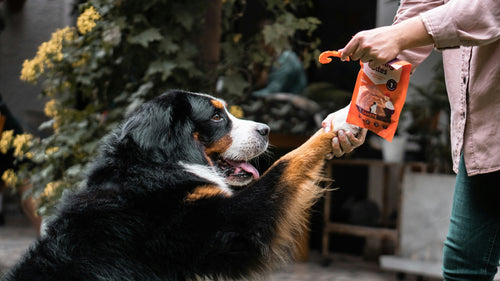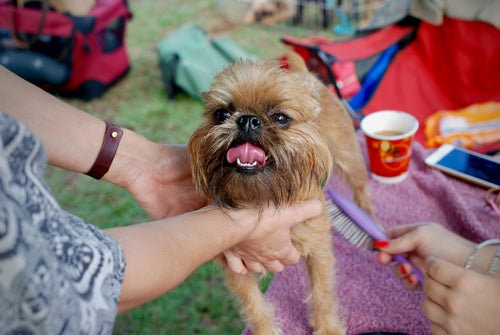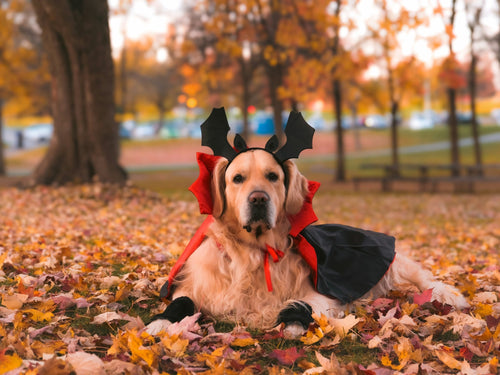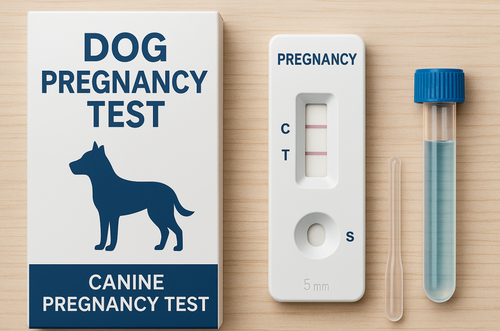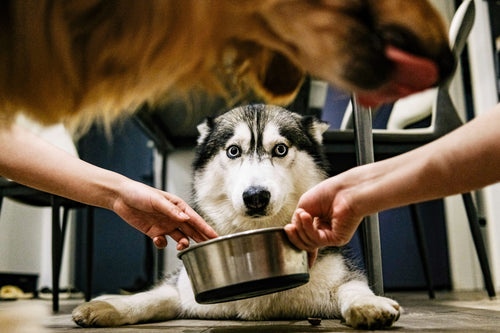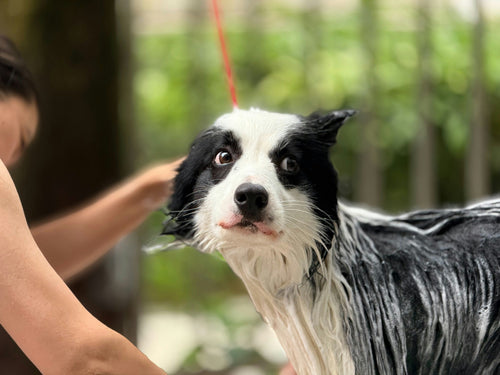Traveling with your beloved canine companion can be one of the most rewarding experiences. However, when planning a trip to the European Union (EU) with your dog, there are several regulations and requirements you need to be aware of. In this guide, we'll delve into the essentials of traveling to the EU with your dog, ensuring a hassle-free journey for both of you.

1. What are the pet travel regulations for the EU?
The EU has established a set of uniform regulations for pets traveling within its member states. These regulations are designed to prevent the spread of diseases, especially rabies. Key requirements include:
- A microchip or tattoo (though microchipping is the preferred method since 2011).
- A valid rabies vaccination.
- A pet passport or a third-country official veterinary certificate.
Please check the guide on the government website here.

2. Do I need a pet passport to travel with my dog?
Yes, if you're traveling within the EU or coming from a non-EU country, a pet passport is essential. This document records all of your dog's vaccinations, treatments, and health checks. It's a way to prove that your pet is fit to travel and doesn't pose a health risk.
3. Are there any quarantine requirements for dogs in the EU?
Generally, if you adhere to the pet travel regulations, your dog won't need to be quarantined when entering an EU country. However, specific countries might have additional requirements or quarantine measures for certain high-risk diseases. Always check the regulations of the specific EU country you're traveling to.
4. Which airlines allow dogs in the cabin?
Many airlines flying to and within the EU allow dogs in the cabin, including Lufthansa, Air France, and KLM. However, each airline has its own policies regarding crate size, weight limits, and associated fees. It's crucial to check with your chosen airline well in advance.
5. How do I prepare my dog for air travel?

Ensuring your dog's comfort and safety during air travel is paramount. Here are some steps to consider:
- **Acclimatize your dog to the crate:** Start familiarizing them with it weeks before the trip.
- **Visit the vet:** Ensure your dog is healthy and fit for travel. Get all necessary vaccinations and health certificates.
- **Limit food and water:** Don't feed your dog for at least 4-6 hours before the flight. However, ensure they have access to water.
- **Exercise:** A tired dog is a calm dog. Ensure they get plenty of exercises before the journey.
6. Are there any breed restrictions for traveling to the EU?
The EU doesn't have a general breed ban. However, individual member countries might have restrictions or bans on specific breeds. For instance, Denmark has restrictions on breeds like the Pit Bull Terrier. Always check the breed-specific regulations of the EU country you're visiting. If you meet nother dog in the EU, be careful and make sure you know what to do when dogs fight.
7. What vaccinations does my dog need to travel abroad?
The primary vaccination required for dogs entering the EU is against rabies. The vaccination must be administered by a licensed vet and recorded in the pet's passport. Some EU countries might have additional vaccination requirements, so it's essential to check in advance.
8. How do I find pet-friendly accommodations in the EU?
The EU is increasingly becoming pet-friendly. Websites like Booking.com, Airbnb, and BringFido can help you find accommodations that welcome pets. Additionally, many European cities have pet-friendly hotels, B&Bs, and vacation rentals.
9. What are the fees associated with traveling with a pet?
Fees can vary based on the airline, the size of your dog, and whether they're traveling in the cabin or cargo. On average, you can expect to pay anywhere from €50 to €200. Additionally, there might be fees for the pet passport, vaccinations, and any additional health checks or treatments.
10. Can I bring my dog's food and toys when traveling abroad?
Yes, you can bring your dog's food and toys. However, be aware of any restrictions on importing pet food into the EU. It's often recommended to bring a small supply of food for the journey and buy more upon arrival. Toys, blankets, and other familiar items can help comfort your dog during the trip.

Traveling to the EU with your dog requires careful planning and adherence to regulations. By ensuring you're well-prepared and informed, you can ensure a smooth and enjoyable European adventure with your four-legged friend. If you're looking for accessories or training tools to aid in your journey, consider checking out products like the dog training collar from Calmshops.co.uk, which can be invaluable in unfamiliar environments. Safe travels!




